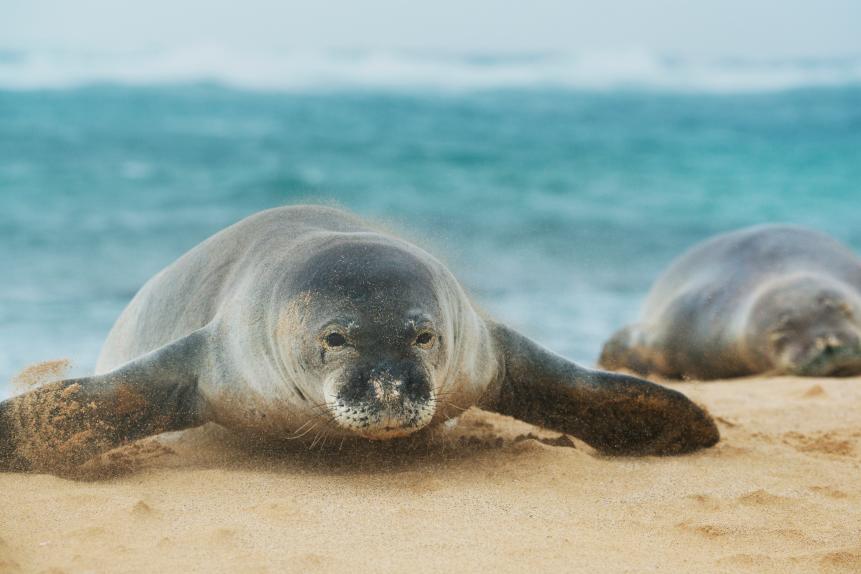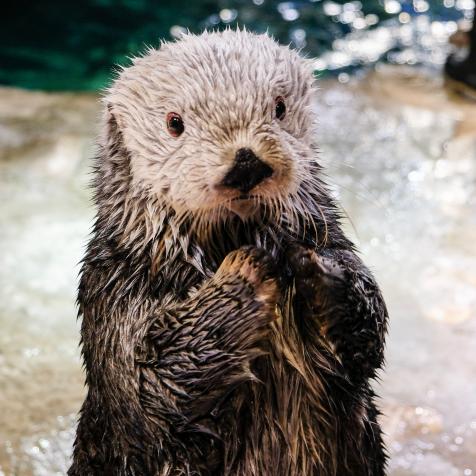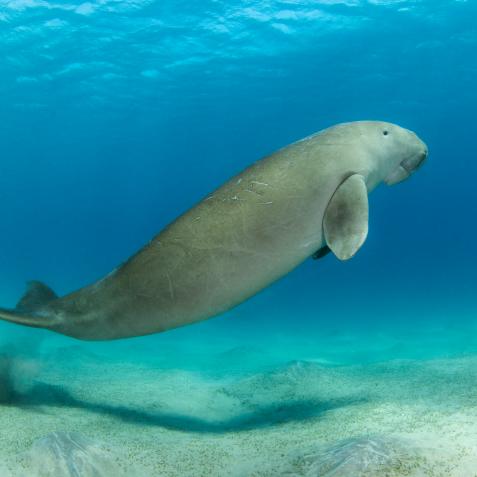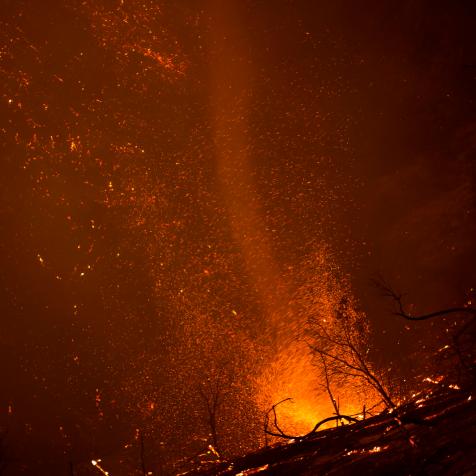
Warren Ishii / 500px
Saving Hawaii’s Native Species
Not so very long ago, Hawaii was a remote island, populated solely by endemic flora and fauna–and its native inhabitants. Now, however, it is known throughout the world as a must-visit tourist destination, while Americans have moved to the islands in their masses, buying up beachfront properties.
As Hawaii has opened up to the world, its native species have come under increasing pressure to survive. Invasive plants–and animals such as the mongoose and ordinary house cat–pose a serious threat to endemic birds and plants.
But one organization, the US-based Nature Conservancy (TNC) is working with the archipelago’s indigenous population to restore native forests, with the hope of securing the future of these precious and endangered species.
On Hawaii’s Big Island, TNC scientist Chris Balzotti has been overseeing a painstaking restoration project in the Ka‘ū district. Within the district, there is the largest of the state’s forest reserves: Ka‘ū Forest Reserve. Made up of four parcels of thick forested land, the 61,500-acre-forest features cragged mountain ridgelines with narrow plateaus, broken by steep valleys. The parcels form a boundary between the largely intact native alpine forest above, and the degraded agricultural land below.

Kevin Schafer
Endangered Hawaiian Monk Seal resting on Poipu Beach, Kauai, Hawaii.
The project began in 2002, with the aim to protect biologically rich and intact forests in 3,548 acres of land within the 61,500 acres of Ka‘ū Forest Reserve – a mighty task for a team of just a few TNC employees, although the organization does work with neighboring landowners, state agencies and local communities to protect the landscape.
“It was a huge challenge,” Balzotti tells Discovery. “But it was important not only for us, but for the local community.”
Climate change is making invasive species' impacts worse, and the two issues are closely tied together.
The backbreaking work involved driving out thousands of pigs, erecting a fence to keep any four-legged wanderers out in the future, and digging up non-native plants.

Sharif Uddin
Red 'apapane
Schoolchildren are now brought to the native forest and led on a guided walk through the dense ōhi‘a and koa trees and uluhe and hāpu‘u ferns, which entwine to form a beautiful forest canopy. Rare native species such as the nuku ‘i‘iwi thrive here, and several birds have a safe place to nest: the Hawaiian io hawk, the stunningly-colored red 'apapane, and bright orange ākepa. And the Hawaiian Happy Faced Spider can now be spotted in this precious patch of land.
“It’s important to have native areas like this because it allows the indigenous community to connect with the species that are culturally important to them,” says Dr. Sam Gon, a senior scientist and cultural advisor for TNC. “Their relationship to the land is sacred. We take that sacred trust seriously.”












































































